The mule deer (Odocoileus hemionus) is named for its oversized ears—about three‑quarters the length of its head—that resemble those of a mule. The coat is reddish‑brown in summer and turns brownish-grey in winter; a distinctive white rump patch and narrow white tail tipped in black make mule deer easy to recognise. Bucks weigh 150–250 lbs and does 110–165 lbs, and the antlers are bifurcated, with each beam forking and the forks branching again. Mule deer inhabit the mountains, deserts and shrublands of western North America, and their alert stance and bounding gait appeal to spot‑and‑stalk hunters.

Mule deer hunts are primarily conducted by glassing open hillsides at dawn and dusk and then stalking animals on foot. The Washington Department of Fish and Wildlife notes four basic deer hunting methods—stand hunting, still hunting, spot‑and‑stalk and driving. Spot‑and‑stalk is most common in open country: hunters scan terrain with binoculars or spotting scopes, then move quietly into shooting range while keeping the wind in their favour. In timber or brush, stand hunting from tree stands or ground blinds allows deer to approach unaware, whereas still hunting requires slow, deliberate movement to catch deer before they detect the hunter. Group drives are occasionally used in some regions.
Mule deer populations fluctuate with habitat conditions, predators and hunting pressure. There are numerous subspecies (including the Sitka black‑tailed and Columbian black‑tailed deer), but management generally focuses on habitat quality and buck‑to‑doe ratios rather than taxonomy. Seasons are set by state and provincial agencies; in many areas, hunters must draw limited tags and abide by antler restrictions to protect young bucks. Conservation challenges include winter range loss, disease (e.g., chronic wasting disease) and competition with whitetail deer. Trophy fees and conservation stamps fund habitat restoration and migration corridor protection.
Mule deer are primarily browsers, feeding on leaves and twigs of woody shrubs, but also graze on herbaceous plants. The species’ characteristic “stotting” gait—bounding on all four feet with high leaps—helps them evade predators in steep terrain. During the rut (late October–November), bucks spar with locked antlers, and does may mate with several bucks before entering a short oestrous cycle. Mule deer usually live 9–11 years in the wild and migrate between winter and summer ranges following plant growth and snow levels.
Mule Deer can be found in the following location:
Mule Deer has the following variations:
- (Varieties to be confirmed)
Start Your Adventure



